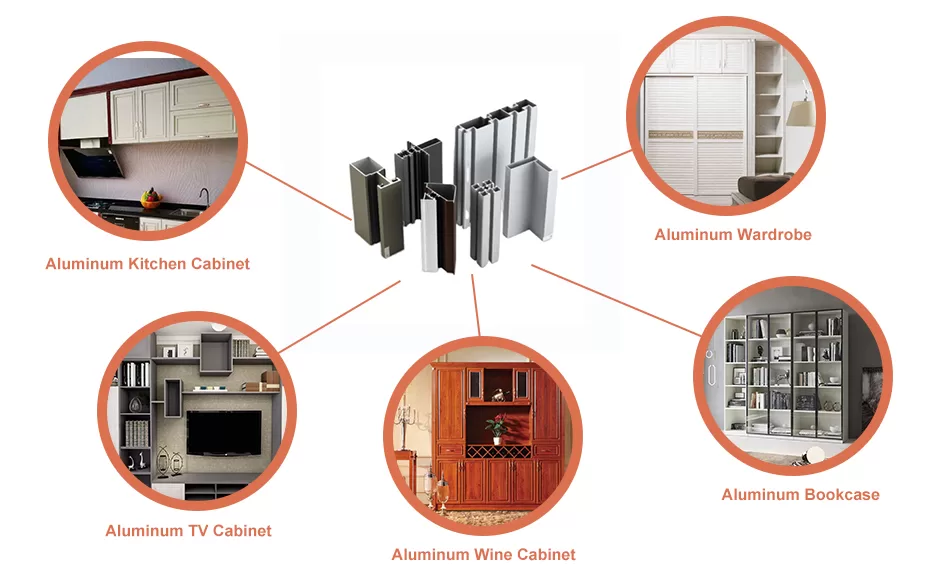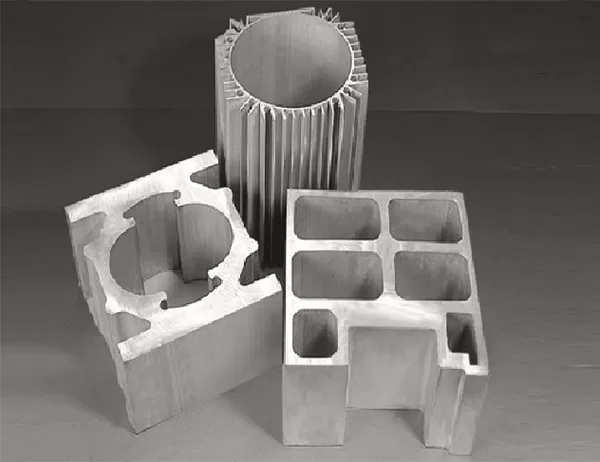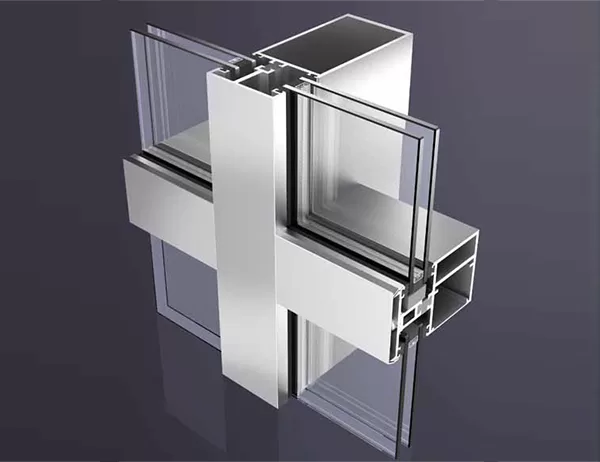Introduction
In the burgeoning realm of renewable energy, solar aluminum frames stand as indispensable pillars, supporting photovoltaics that harness the sun’s boundless brilliance. The process of extruding aluminum into these frames is a symphony of precision and innovation, unlocking a world of possibilities for sustainable construction.
Extrusion Techniques
Aluminum extrusion is the magical transformation of molten aluminum into intricate shapes. Through a high-pressure die, the molten metal is forced, creating profiles with the desired dimensions and characteristics. For solar aluminum frames, this process ensures optimal stiffness, durability, and corrosion resistance, guaranteeing longevity in harsh outdoor environments.
Direct Extrusion
This fundamental technique involves pushing the aluminum billet through a die, resulting in a rod-like shape. The pressure applied creates a smooth surface finish and precise dimensional tolerances, essential for seamless frame assembly.
Indirect Extrusion
Unlike direct extrusion, this method utilizes a hollow ram to contain the billet. As the ram moves forward, the aluminum flows around it and through the die, yielding hollow or complex-shaped profiles. This technique allows for greater design flexibility and the production of frames with intricate geometries.
Impact of Extrusion on Solar Frames
The choice of extrusion technique significantly influences the performance and aesthetics of solar aluminum frames. Direct extrusion offers high strength and durability, while indirect extrusion enables the production of lightweight and intricate frames. By tailoring the extrusion process to specific requirements, engineers can optimize frame performance for maximum solar energy capture and structural integrity.
Sustainability and Innovation
Aluminium extrusion for solar frames embodies the sustainable principles guiding the renewable energy industry. Aluminum is a highly recyclable material, contributing to the circular economy and reducing environmental impact. Furthermore, ongoing advancements in extrusion technology are driving innovation in solar frame design, leading to improved efficiency, reduced costs, and enhanced aesthetics.
Conclusion
Aluminium extrusion techniques are the backbone of solar aluminum frames, shaping these essential components with precision and efficiency. By understanding the intricacies of these techniques, engineers and architects can unlock the full potential of solar energy systems, contributing to a sustainable and brighter future.




